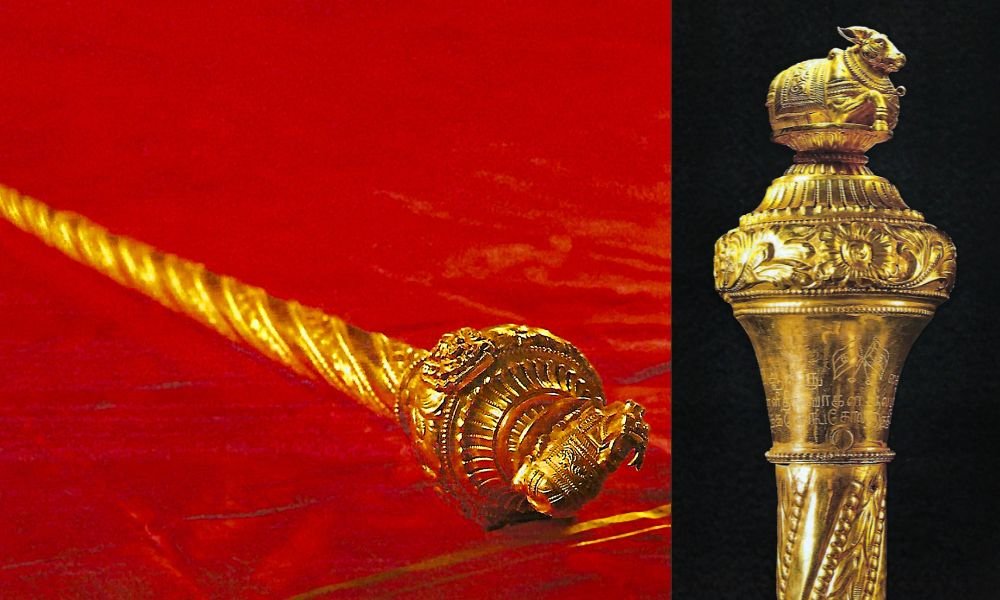“We need food, not tobacco”
It’s World No Tobacco Day 2023 on May 31st, and the goal of the day is to raise awareness about the dangers of tobacco usage. As a result of the yearly campaign, individuals will be more aware of how to cut down on their usage while also protecting their own well-being. Many programs, organizations, and events are held on this day to raise awareness about the dangers of smoking. Quitting smoking has both instant and long-term health advantages.
Every year, the World Health Organization supports World No Tobacco Day to raise awareness about the dangers of cigarettes use and to urge countries to enact measures to decrease cigarette smoking as well as other tobacco-related behaviors. Tobacco usage destroys over 8 million people annually, according to the World Health Organization. All tobacco smoking decreases lung capacity and worsens existing respiratory conditions.
Meaning of Tobacco
Tobacco is a shrub that is cultivated across the globe as field crops. The fact that smoke is a central nervous enhancer that disrupts biochemistry and neurotransmitters function is something you may not have considered.
Its leaves are loaded with nicotine, a highly addictive substance that is bad for you. Leaves of the plant are often consumed by tobacco consumption, cigarettes, and pipes, or by immersing and chewing tobacco, or by breathing it as snuff, or by applying it to the gums.
Impacts on Health
Tobacco smoking may have short or long duration health consequences.
Ulceration, dental discoloration, diseases, dental cavities, and tooth loss are some of the short-term health effects of tobacco use.
It may also lead to poor breath, oral aches, and even difficulty eating.
It may occasionally render the tongue useless, preventing the sufferer from tasting their meal.
Tobacco usage produces disorientation, which leads to a general sense of exhaustion.
Smokers are at an increased risk of developing serious health issues including cancers, respiratory illness, cardiovascular disease, and strokes because of the long-term effects of tobacco usage.
Oral cancer may be caused by chewing tobacco.
Leukoplakia, which is white spots within the mouth that may develop into cancer, could be caused by this medication.
Frequently Asked Questions
When is World No Tobacco Day 2023?
World No Tobacco Day 2023 will be observed on May 31, 2023.
When was world no tobacco day created?
The day was created in 1987.
Why is World No Tobacco Day celebrated?
This day is celebrated for raising awareness about the worst affect of tobacco usage.
What is world no tobacco day 2023 theme?
“We need food, not tobacco”








.jpeg)


